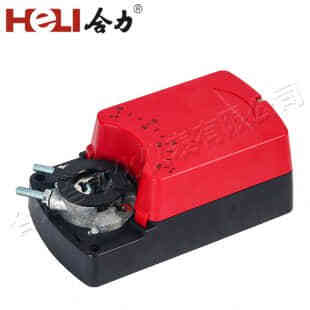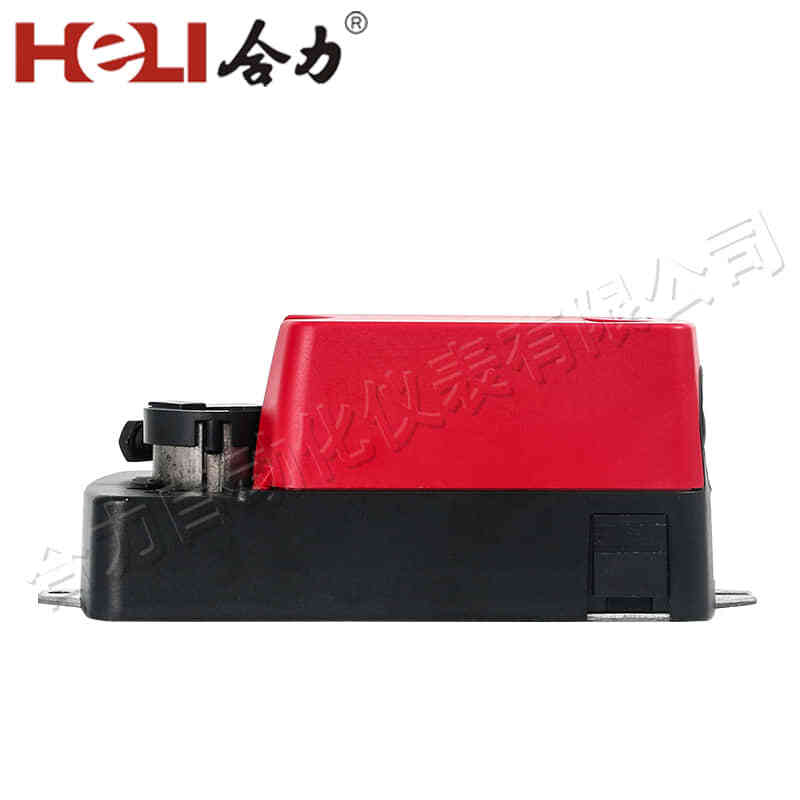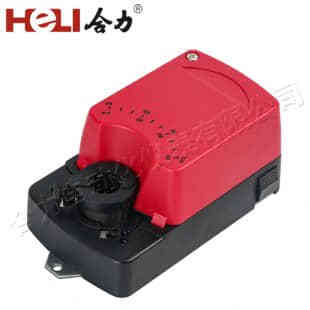
Damper actuators are essential components in the world of HVAC (heating, ventilation, and air conditioning) systems, designed to regulate airflow and maintain system efficiency. These devices are responsible for controlling the movement of dampers or valves in air ducts or other air distribution systems, ensuring that air is directed to the correct locations at the right volume. Whether it's improving indoor air quality, enhancing energy efficiency, or ensuring safety, damper actuators play a crucial role in modern building management. This article delves into the purpose, working principles, and applications of damper actuators, providing an overview of why they are integral to HVAC systems.

What is a Damper Actuator?

